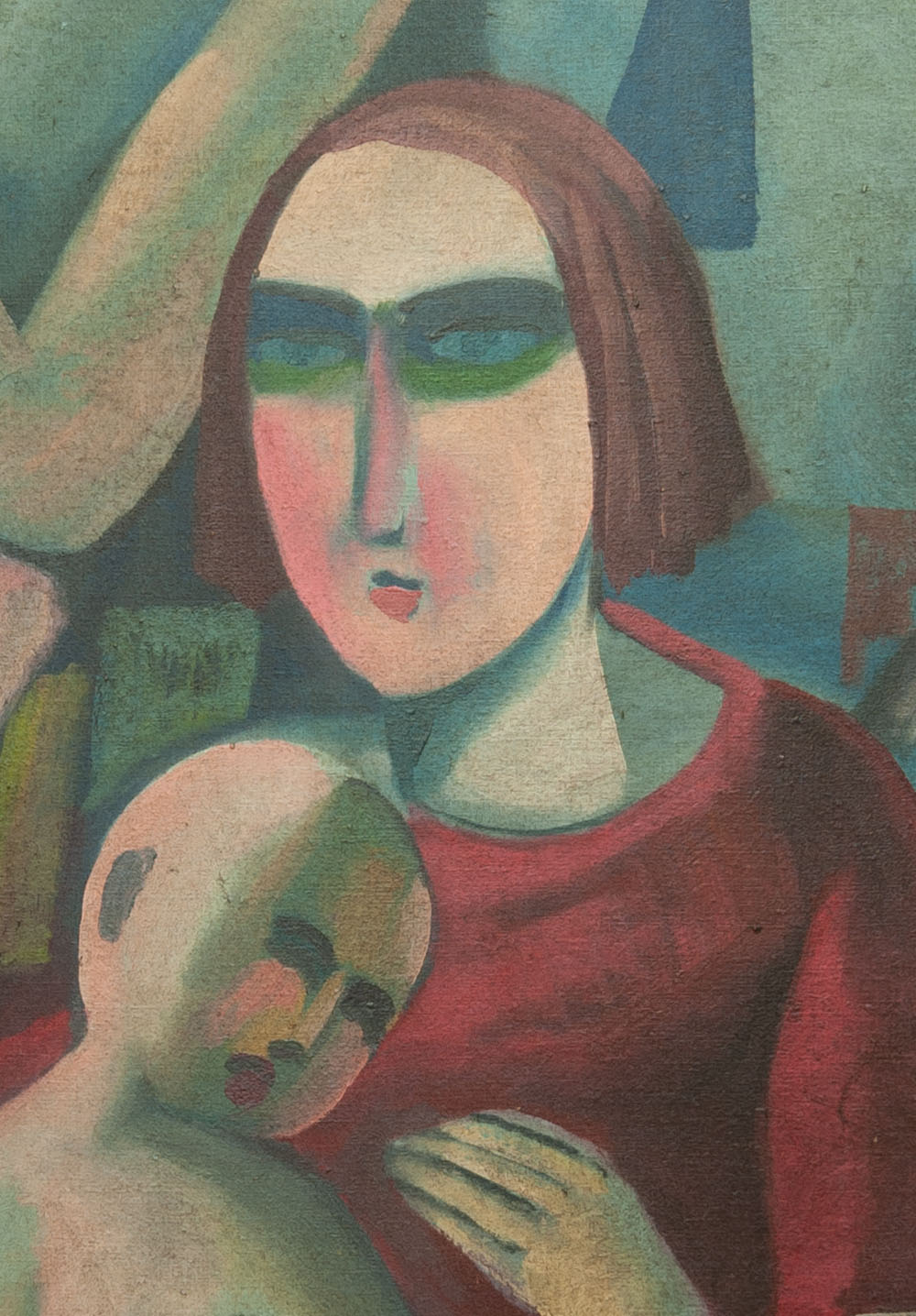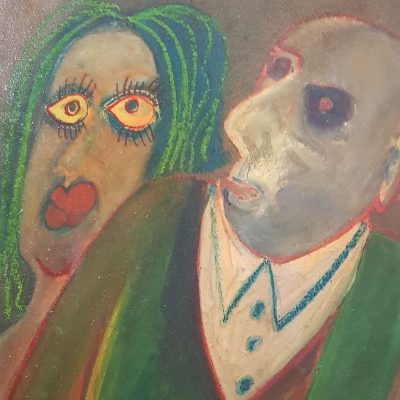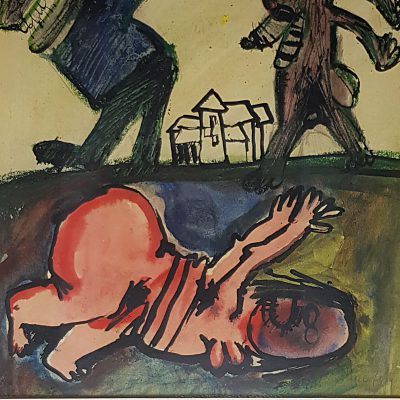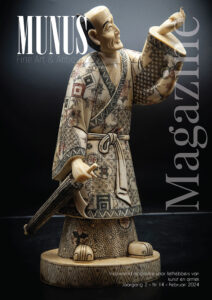Description
This beautiful artwork by Armand Shönberger from the 1930s is a striking representation of a family in his signature Cubist style. The figures in the painting are depicted with clean lines and sharp angles, creating an abstract, modern look. The man and woman sit side by side, while a naked child rests on their lap, emphasizing the feeling of intimate connection. The bold colors and vibrant details make this artwork a masterpiece that is sure to turn heads and make a great addition to any art collection.
- Technique: Oil on canvas
- Dimensions of the canvas: 96 cm x 70 cm
The work is sold without a frame (the frame is only an example)
Armand Schönberger was born in 1885 in Galgóc, a town in Slovakia. He started his art studies by working self-taught and copying paintings by Munkácsy. He then studied nude drawing in evening courses at the Hungarian Academy of Fine Arts under Anton Ažbè in Munich. Later he studied at the official Academy in Munich under teachers JC Herterich és P. Halm. During the summer he often stayed at the art school of Baia Mare, where he stayed until 1912. In Paris in 1909, he encountered Cézanne's approach and Delaunay's cubist-expressionist paintings, which had a major influence on his painting. He belonged to a group of avant-garde artists who gathered around the Lajos Kassák-led magazines 'Tett' in 1915 and 'Ma' in 1916. During the period between the two world wars he supported progressive aspirations and participated in exhibitions of Belvedere and the Association of Fine Arts. His works are influenced by Cezanne, the Cubists, the art of the German Expressionists and the colors of the Fauvists. He painted portraits and figure compositions, scenes from city life such as cafes, concerts and cityscapes. His graphic and pictorial works carry on the early avant-garde heritage.









